Come join us now, and enjoy playing your beloved music and browse through great scores of every level and styles!
Can’t find the songbook you’re looking for? Please, email us at: sheetmusiclibrarypdf@gmail.com We’d like to help you!
Table of Contents
William Grant Still: Three Visions (Suite for piano solo)
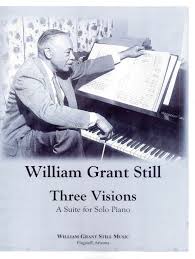
Best Sheet Music download from our Library.
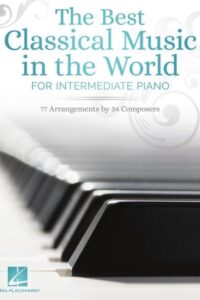
Please, subscribe to our Library.
If you are already a subscriber, please, check our NEW SCORES’ page every month for new sheet music. THANK YOU!
0:00 – Dark Horseman 1:30 – Summerland 6:00 – Radiant pinnacle
Browse in the Library:
Or browse in the categories menus & download the Library Catalog PDF:
William Grant Still
William Grant Still (1895 – 1978) was an American composer, arranger, conductor, and multi-instrumentalist, often called “the Dean of African American composers.” He was the first African American to have a symphony performed by a major orchestra in the United States, the first to conduct a major symphony orchestra, and the first to have an opera produced by a major opera company.

Early Life and Education
- Born on May 11, 1895, in Woodville, Mississippi, and raised in Little Rock, Arkansas.
- His father died when he was an infant, and his mother, a teacher, encouraged his musical interests.
- Studied at Wilberforce University, where he initially pursued medicine but shifted to music.
- Later trained at the Oberlin Conservatory of Music, then studied composition with George Whitefield Chadwick and later with avant-garde composer Edgard Varèse in New York.
Career and Achievements
- Worked as an arranger for popular and jazz bands in New York, including for W. C. Handy and Paul Whiteman.
- Became involved with the Harlem Renaissance, blending African American musical traditions with classical forms.
- His Symphony No. 1 “Afro-American” (1930) was the first symphony by an African American to be performed by a major U.S. orchestra (Rochester Philharmonic, 1931).
- Conducted the Los Angeles Philharmonic at the Hollywood Bowl in 1936, making him the first African American to lead a major orchestra in the U.S.
- His opera Troubled Island (1939, libretto by Langston Hughes and Verna Arvey) was the first by an African American staged by a major company (New York City Opera, 1949).
Musical Style
- Fused classical European traditions with African American idioms: blues, spirituals, jazz, and folk tunes.
- Emphasized lyricism, accessibility, and cultural expression rather than strict modernist abstraction.
- Advocated for a distinctly American classical music rooted in Black cultural traditions.
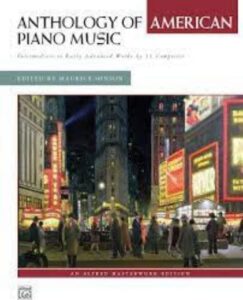
Notable Works
- Symphonies: Afro-American Symphony (No. 1), Song of a New Race (No. 2), The Sunday Symphony (No. 3), Autochthonous Symphony (No. 4), Western Hemisphere Symphony (No. 5).
- Operas: Troubled Island, A Bayou Legend, Highway 1, U.S.A.
- Chamber & Vocal Music: Lyric Quartette, Danzas de Panama, many art songs.
- Also wrote for radio, film, and popular ensembles.
Legacy
- Broke multiple racial barriers in American classical music.
- Opened doors for later generations of African American composers and performers.
- His works are increasingly studied and performed, recognized as cornerstones of 20th-century American music.
- Died in Los Angeles, California, on December 3, 1978.
William Grant Still’s music stands out for celebrating African American heritage within the classical tradition, offering a unique and dignified voice at a time when systemic racism excluded many Black composers from mainstream recognition.
Three Visions (1935) is one of William Grant Still’s most powerful works for solo piano. It is a short suite in three movements, deeply symbolic, written during the Harlem Renaissance period when Still was developing a distinctive African American voice within classical idioms. The suite is often regarded as a spiritual and philosophical statement on the human soul’s journey after death.
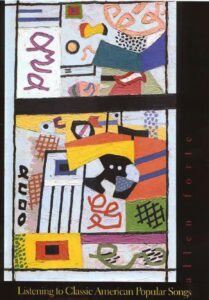
Three Visions (1935) Overview and Musical Analysis
- Title: Three Visions (for solo piano)
- Date: 1935
- Movements:
- Dark Horsemen
- Summerland
- Radiant Pinnacle
- Theme: The cycle represents the progression of the human soul: confrontation with death, passage to spiritual peace, and ultimate ascension.
1. Dark Horsemen
- Character: Turbulent, dissonant, and rhythmically urgent.
- Musical features:
- Rapid ostinati and syncopations drive the texture.
- Dense chords, sharp dynamics, and angular melodies suggest violence and inevitability — the soul’s confrontation with mortality.
- Harmonic language: rooted in tonal centers but heavily chromatic, with influences from early modernism (Still studied with Varèse).
- Strong percussive writing evokes imagery of galloping horses (possibly a reference to the biblical Four Horsemen of the Apocalypse).
Interpretation: This movement symbolizes the struggle and chaos of death, the breaking away of the soul from earthly ties.
2. Summerland
- Character: Gentle, lyrical, and serene — the most frequently performed movement.
- Musical features:
- Lush, hymn-like melody in the middle register, often played with a singing legato.
- Rich Romantic harmonies, influenced by Chopin and Debussy but colored with blues-inflected lines.
- Transparent texture, long sustained chords, and rubato create a meditative atmosphere.
- Tonal stability (often interpreted in D♭ major) provides calmness.
Interpretation: Summerland represents the spiritual paradise the soul reaches after death — peaceful rest and eternal beauty.
This movement is sometimes performed alone as an independent concert piece or even arranged for orchestra.
3. Radiant Pinnacle
- Character: Triumphant, luminous, and ascending.
- Musical features:
- Energetic rhythms, sweeping arpeggios, and brighter harmonies than in the previous movements.
- Builds momentum with a sense of striving upward, often through sequences and rising melodic gestures.
- Tonal clarity, major sonorities, and climactic chords express transcendence.
- Harmonically more consonant than Dark Horsemen, but with modern chromatic coloring.
Interpretation: This final movement depicts the soul’s union with the divine, ascending to its highest state — ultimate illumination.
Stylistic Significance
- Still fuses African American spiritual aesthetics (hymn-like phrasing, blues shadings, and rhythmic vitality) with Romantic piano traditions and 20th-century modernism.
- The three movements form a narrative arc: struggle → peace → transcendence.
- Philosophically, the suite echoes African American religious culture, yet framed in a universal human story of death and renewal.
In short, Three Visions is both a musical poem and a spiritual statement. It demonstrates Still’s ability to merge classical craft with African American cultural expression, creating a deeply humanistic and uplifting work.
Perfect — let’s dive into a harmonic walkthrough of “Summerland” from William Grant Still’s Three Visions. Since this movement is often performed alone and is the most tonal of the suite, it lends itself beautifully to harmonic analysis.
(Note: Exact bar numbers vary depending on the edition, but I’ll give the progression in sections. The piece is most often read in D♭ major.)
“Summerland” — Harmonic Analysis
Opening (mm. 1–4)
- Key: D♭ major
- Chords:
- I (D♭ major) — tonic established gently, hymn-like.
- IV (G♭ major) with added 6th/9th sonorities.
- I again, enriched by suspensions and inner voice motion.
The effect is calm, hymn-like stability. Still avoids strong cadences, instead sustaining a floating atmosphere.
First Phrase (mm. 5–12)
- Melody enters in the middle register, supported by soft chords.
- Progression:
- I → V/vi → vi (B♭ minor) → ii (E♭ minor) → V (A♭ major).
- Resolves back to I (D♭).
This is a classical diatonic motion but with added-color tones (6ths, 9ths), giving a Debussy-like lushness. The move to vi and ii emphasizes a spiritual, tender quality rather than dramatic tension.
Second Phrase (mm. 13–20)
- More chromaticism enters.
- Chords:
- I → ♭VII (C♭ major) → IV (G♭) → ii7 (E♭m7) → V7 (A♭7).
- Resolution: cadences softly back to I.
The use of ♭VII (C♭) is borrowed from folk/blues progressions. It enriches the harmony with a distinctly African American inflection inside an otherwise classical framework.
Climactic Middle Section (mm. 21–32)
- Harmonically more adventurous:
- Alternation between vi (B♭ minor) and IV (G♭ major).
- Sequence through chromatic mediants: I (D♭) → iii (F minor) → V/ii (F7) → ii (E♭ minor).
- Approaches V7 (A♭7) with stronger rhythm and dynamics.
The chromatic mediant shifts (D♭ → Fm → A♭) give the impression of warmth and expansion — the soul ascending in vision.
Return (mm. 33–40)
- Recapitulation of the opening theme.
- Progression largely tonic (I), with embellishments:
- I → IV → ii7 → V7 → I.
- Still decorates the chords with added 9ths and 11ths, keeping the sound lush and modern.
Coda (mm. 41–end)
- Gentle descent, cadencing finally on a pure I (D♭ major).
- Chords sustain with long fermatas, creating timeless stillness.
The coda is essentially a plagal cadence (IV → I), which resonates with the feeling of a hymn or spiritual.
Summary of Harmonic Style in “Summerland”
- Foundation: Firmly tonal, centered in D♭ major.
- Coloration: Use of added 6ths, 9ths, 11ths for lush textures.
- African American inflection:
- Borrowed ♭VII (C♭ major) → I.
- Blues-like coloring of melodic lines (flattened 3rd, 7th inflections).
- Narrative arc: Gentle tonic → chromatic expansion → luminous return.
- Effect: A meditative vision of paradise — serenity, lyricism, timeless rest.
So, harmonically, Summerland balances European Romanticism (Chopin, Debussy) with African American idioms (bluesy modal borrowing, plagal cadences). This is why it feels both “classical” and “soulful.”
| Artist or Composer / Score name | Cover | List of Contents |
|---|---|---|
| Justin Hurwitz Fletcherts Song In Club From Whiplash | Justin Hurwitz Overture From Whiplash | |
| Justin Hurwitz Overture From Whiplash | Justin Hurwitz Fletcherts Song In Club From Whiplash | |
| Justin Timberlake – Cry Me A River |
 |
|
| Justin Timberlake – Lovestoned Interlude | ||
| Justin Timberlake The 2020 Experience Songbook (Timberlake, Justin) |
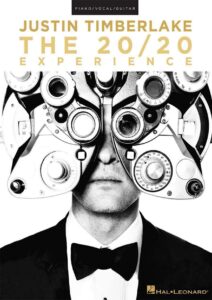 |
Justin Timberlake The 2020 Experience Songbook (Timberlake, Justin) |
| JVKE – Golden Hour Sheet Music |
 |
|
| JVKE Golden Hour |
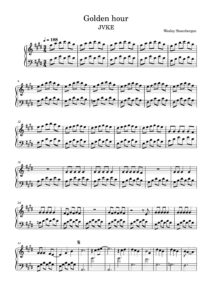 |
|
| K’s Choice – What The Hell Is Love | ||
| Kabalevsky – 26 Children’s Piano Pieces Op 39 & 51 |
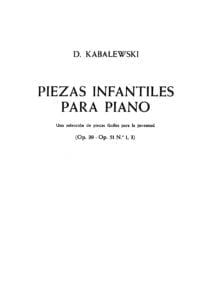 |
|
| Kabalevsky – Little March per Pianoforte |
 |
|
| Kabalevsky – Op. 6 Piano Sonata N. 1 |
 |
|
| Kabalevsky – Sonatina No.1, Op.13 |
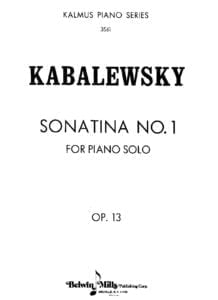 |
|
| Kabalevsky 24 Preludes |
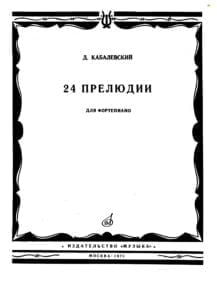 |
|
| Kabalevsky Op. 27 Thirty Piano Pieces for Children |
 |
Kabalevsky Op 27 Thirty Pieces For Children |
| Kabalevsky Thirty Pieces For Children Op 27 Schirmer Performance Editions |
 |
|
| Kabalevsky-Bach – Toccata and Fugue D minor |
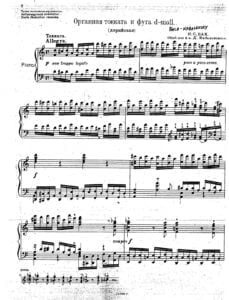 |
|
| Kabalewsky Four Rondos for piano |
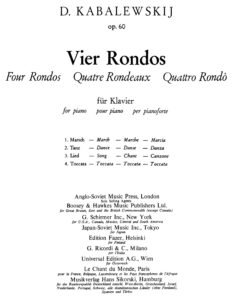 |
|
| Kabalewsky Sonata No. 1 Piano Solo |
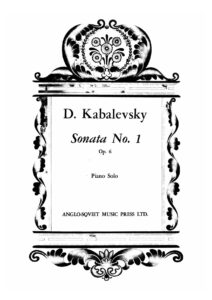 |
|
| Kaczmarek – Unfaithful Piano Solo |
 |
|
| Kaczmarek Goodbye From BSO Hachi A Dog’s Tale (Piano) |
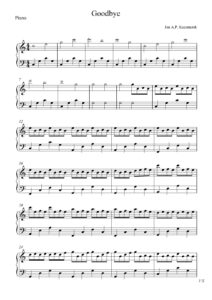 |
|
| Kaczmarek To Train Together From The Movie Hachi A Dog’s Tale |
 |
|
| Kaczmarek, Jan – Good Bye Hachiko from A Dog’s History (Piano Solo sheet music) |
 |
|
| Kaczmarek, Jan A P – The Park On Piano fron Finding Neverland Piano Solo |
 |
|
| Kaczmarek, Jan A. P. – Goodbye from Hachiko A Dog’s Story | Kaczmarek, Jan A. P. – Goodbye from Hachiko A Dog’s Story | |
| Kaczmarek, Jan A. P. – Neverland – Minor Piano Variation from Finding Neverland | Kaczmarek, Jan A. P. – Neverland – Minor Piano Variation from Finding Neverland | |
| Kagel, Mauricio – Rrrrrrr score (organ) |
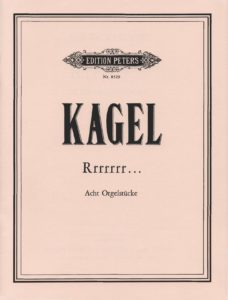 |
|
| Kairi’s Theme (from Kingdoms hearts) | ||
| Kaiser Chiefs – Ruby sheet music |
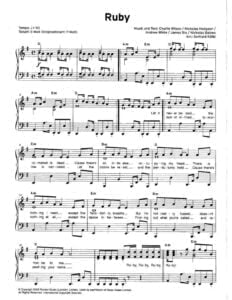 |
|
| Kaiser-Walzer_Op._437_piano__Johann_Strauss_II.mscz | ||
| Kaiserin Rebecca Gentle Sunshine |
 |
|
| Kancheli Collection ‘simple Music For Piano’ |
 |
Kancheli Collection ‘simple Music For Piano’ |
| Kancheli Giya With A Smile For Slava |
 |
|
| Kancheli, Giya 12 Miniatures For Voice And Piano |
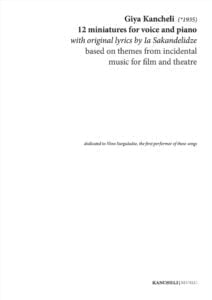 |
|
| Kancheli, Giya She is here (from the film “The Eccentrics” – Sherekilebi) | Kancheli, Giya She is here | |
| Kansas Best Hits Band Score |
 |
Kansas Best Hits Band Score |
| Kansas Dust In The Wind Piano Vocal Guitar |
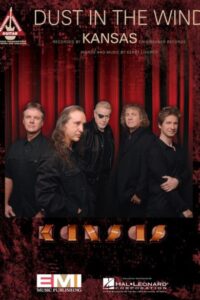 |
|
| Kansas Greatest Hits Piano Vocal Chords |
 |
Kansas Greatest Hits Piano Vocal Chords |
| Kanye West Ramin Djawadi Runaway from the Westworld season 2 super bowl ad |
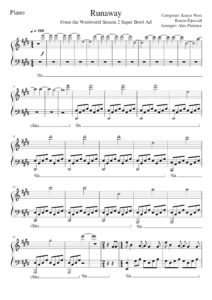 |
|
| Kaoma – Chorando Se Foi Lambada | ||
| Kaori Muraji Guitar Solo Collection Vol 1 |
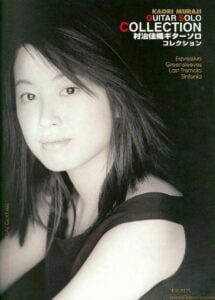 |
Kaori Muraji Guitar Solo Collection Vol 1 |
| Kaori Muraji Guitar Solo Collection Vol 2 |
 |
Kaori Muraji Guitar Solo Collection Vol 2 |
| Kapustin Eight Concerto Etudes Op. 40 (piano, complete) |
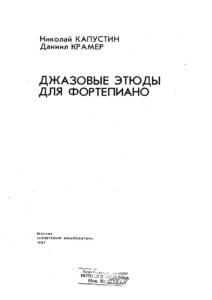 |
|
| Kapustin Variations Op 41 |
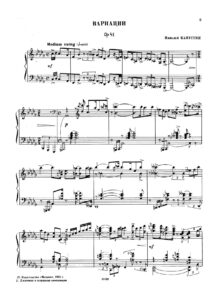 |
|
| Karganoff – 20 Album Lyrique Op.20 Cah. I |
 |
|
| Karin Borg Kebnekajse |
 |
|
| Karin Borg Norrsken |
 |
|
| Karl Jenkins Adiemus II Cantata Mundi SATB And Piano |
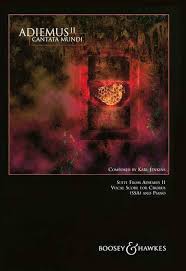 |
|
| Karl Jenkins Adiemus Songs Of Sanctuary SATB And Piano |
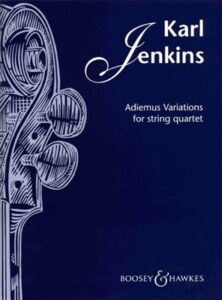 |
|
| Karl Jenkins Benedictus (Easy Piano) Xii From The Armed Man.mscz | ||
| Karl Jenkins Benedictus From The Armed Man A Mass For Peace Easy Piano Solo | Karl Jenkins Benedictus From The Armed Man A Mass For Peace Easy Piano Solo sample | |
| Karl Jenkins Palladio Allegretto 1st Movement For Piano solo | Karl Jenkins Palladio Allegretto 1st Movement For Piano solo | |
| Karl Jenkins Palladio Easy Piano Solo | Karl Jenkins Palladio Easy Piano Solo | |
| Karl Jenkins Palladio Full Score |
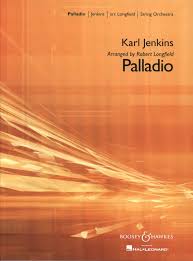 |
|
| Karl Jenkins Palladio Piano Solo Sheet Music |
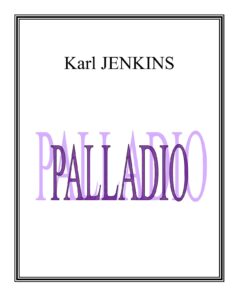 |
|
| Karl Jenkins The Armed Man A Mass For Peace Vocal Score With Piano |
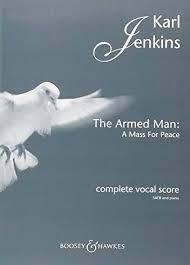 |
|
| Kate Bush Complete Songbook |
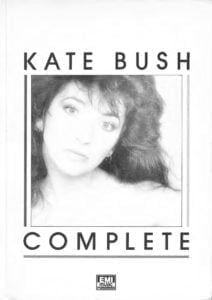 |
Kate Bush Complete Songbook |
| Kate Winslet – What If | ||
| Kathy Fisher – I Will Love You | ||
| Katie Melua Blues In The Night (Piece By Piece Songbook) |
 |
|
| Katie Melua – Belfast (Penguins and Cats) Piano, vocal and guitar chords | Katie Melua-Belfast | |
| Katie Melua – Call Off The Search PIANO sheet music |
 |
call off the search cover |
| Katie Melua – Piece by Piece |
 |
Katie Melua – Piece by Piece |
| Katie Melua Pictures Piano, Vocal, Guitar |
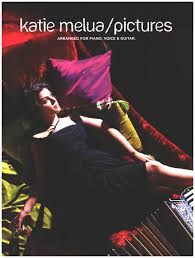 |
Katie Melua Pictures Piano, Vocal, Guitar Contents |
| Katsaris – Happy Birthday To You, Variations |
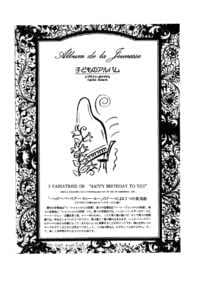 |
|
| Katsaris, Cyprien. Katsaris Goodbye Mr Rachmaninoff |
 |
|
| Katy Perry One Of The Boys |
 |
Katy Perry One Of The Boys |
| Katy Perry Songbook Piano Vocal Guitar chords Vol. 125 |
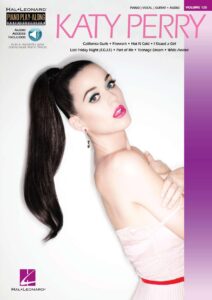 |
Joep-Beving-Adrift-In-Aether-Piano-Solo |
| Katy Perry Teenage Dream Songbook |
 |
Katy Perry Teenage Dream Songbook |
| Kayne West – Hey Mama | ||
| Kazumi Watanabe Guitar Solo Collection |
 |
Kazumi Watanabe Guitar Solo Collection |
| Keane – Everybody’s Changing | Keane Everybodys-Changing | |
| Keane – Somewhere Only We Know (Musescore File).mscz | ||
| Keane – Somewhere Only We Know piano and vocal Sheet Music | Keane – Somewhere Only We Know piano and vocal Sheet Music | |
| Keane Hopes And Fears Sheet Songbook |
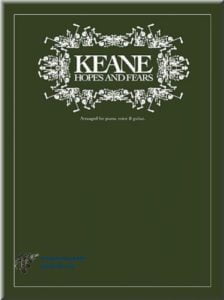 |
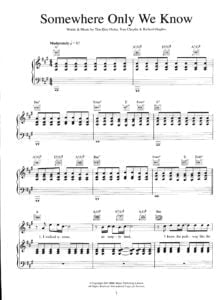  |
| Keane Love Is The End Piano Vocal |
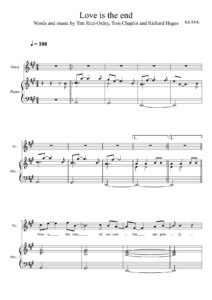 |
|
| Keane Somewhere Only We Know Piano Vocal guitar |
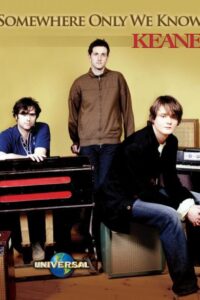 |
|
| Keane This Is The Last Time | Keane-This-Is-The-Last-TimeKeane-This-Is-The-Last-Time | |
| Keane Under The Iron Sea |
 |
Keane Under The Iron Sea |
| Keaton Henson Earnestly Yours |
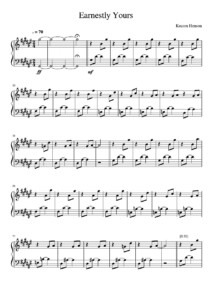 |
|
| Keaton Henson Petrichor |
 |
|
| Keiko Matsui Compositions |
 |
Keiko Matsui Compositions |
| Keith Green The Greatest Hits Piano Vocal Guitar |
 |
Keith Green The Greatest Hits Piano Vocal Guitar |
| Keith Jarret Arr. It’s Easy To Remember (Jazz Standard by Rogers & Hart) Lead Sheet Music |
 |
|
| Keith Jarrett Don’t Ever Leave Me (From ‘the Melody At Night, With You’) |
 |
|
| Keith Jarrett My Song (transcription) |
 |
|
| Keith Jarrett Blame It On My Youth Keith Jarrett Transcription | Keith-Jarrett-Blame-It-On-My-Youth-Keith-Jarrett-Transcription | |
| Keith Jarrett I Love You Porgy Transcription Pdf |
 |
|
| Keith Jarrett My Wild Irish Rose |
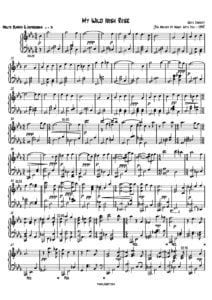 |
|
| Keith Jarrett Shenandoah Transcription Pdf |
 |
|
| Keith Jarrett Time On My Hands |
 |
|
| Keith Jarrett – Basin Street Blues | Keith-Jarrett-Basin-Street-Blues | |
| Keith Jarrett – Danny Boy (Londonderry Air) Tokyo 2002 (Musescore File).mscz | ||
| Keith Jarrett – Danny Boy (Londonderry Air) Live Tokyo 2002 |
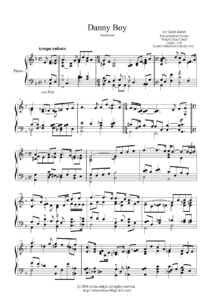 |
|
| Keith Jarrett – Don’t Worry ‘Bout Me (from Tokyo Solo 2002) |
 |
|
| Keith Jarrett – My Funny Valentine (Intro on Still Live) | Keith Jarrett – My Funny Valentine (Intro on Still Live) | |
| Keith Jarrett – Oleo (Keith Jarrett Solo) |
 |
|
| Keith Jarrett – On Green Dolphin Street Solo | Keith Jarrett – On Green Dolphin Street Solo | |
| Keith Jarrett – Over the Rainbow (Harold Arlen) As performed by Keith Jarrett in Tokyo 1984 | Keith Jarrett – Over the Rainbow (Harold Arlen) As performed by Keith Jarrett in Tokyo 1984 | |
| Keith Jarrett – Over The Rainbow (Musescore File).mscz | ||
| Keith Jarrett – Over The Rainbow Transcription | Keith Jarrett – Over The Rainbow Transcription | |
| Keith Jarrett – Ritooria Score Transcription |
 |
|
| Keith Jarrett – Spiral Dance |
 |
|
| Keith Jarrett – Stella by Starlight LIVE at La Fenice sheet music Transcription | Keith Jarrett – Stella by Starlight LIVE at La Fenice sheet music Transcription | |
| Keith Jarrett – The Köln Concert – Original Piano Transcription |
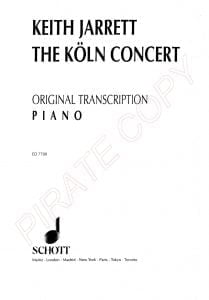 |
Keith Jarret Köln concert |
| Keith Jarrett – The Melody At Night With You Sheet Music |
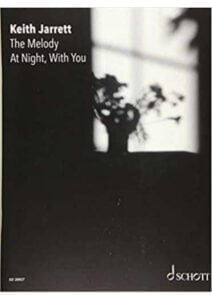 |
Keith Jarrett I Love You Porgy Transcription Pdf |
| Keith Jarrett – Tokyo Encore (1976) | Keith Jarrett – Tokyo Encore (1976) | |
| Keith Jarrett – Transcriptions vol. 1 |
 |
Keith Jarrett – Trans. vol.1 |
| Keith Jarrett – Transcriptions vol. 2 |
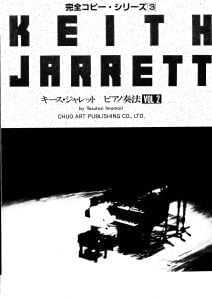 |
Keith Jarrett – Trans. vol.2 |
| Keith Jarrett – What Is This thing called Love |
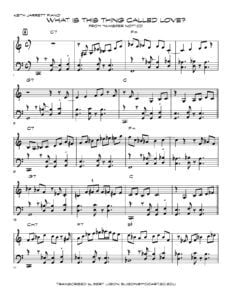 |
|
| Keith Jarrett (Jean-Pierre Jackson (Français – French) Book |
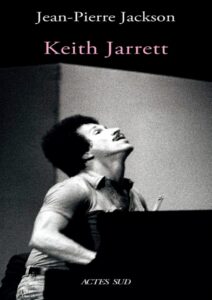 |
|
| Keith Jarrett All The Things you Are (lead sheet transcription) | Keith Jarrett All The Things you Are (lead sheet transcription) | |
| Keith Jarrett Be My Love transcription Jazz Standard Piano Solo Sheet Music |
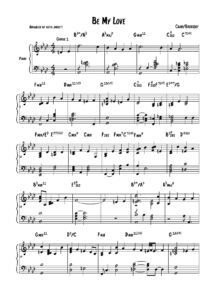 |
|
| Keith Jarrett Body And Soul Intro and Conclusion Transcription |
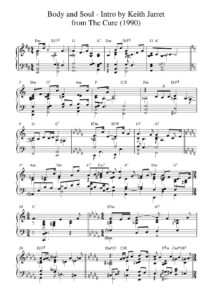 |
|
| Keith Jarrett Butch And Butch piano sheet music transcription |
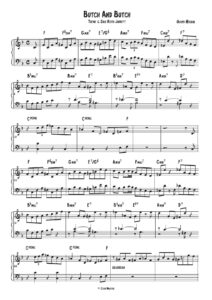 |
|
| Keith Jarrett Country (Transcription) | Keith Jarrett Country (Transcription) | |
| Keith Jarrett Danny Boy | Keith Jarrett Danny Boy | |
| Keith Jarrett Heartland Transcription | Keith Jarrett Heartland Transcription | |
| Keith Jarrett I Got It Bad (And That Ain’t Good) Piano Transcription Pdf |
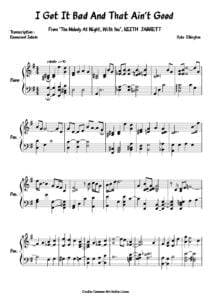 |
|
| Keith Jarrett I hear a Rhapsody (transcription lead sheet) |
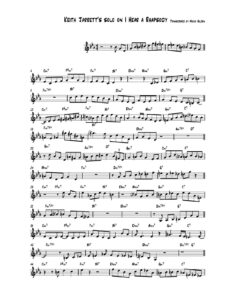 |
|
| Keith Jarrett I Loves You Porgy (Musescore File).mscz | ||
| Keith Jarrett I Loves You Porgy (Parts A And B) (Musescore File).mscz | ||
| Keith Jarrett I Remember Clifford Transcription from Still Live |
 |
|
| Keith Jarrett It Could Happened To You |
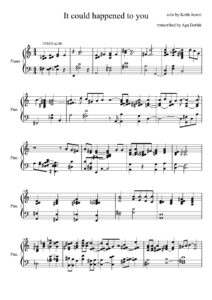 |
|
| Keith Jarrett Jazz Piano Collection |
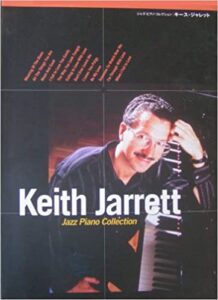 |
Keith Jarrett Piano Collection vol. 1 jazz sheet music |
| Keith Jarrett La Scala Concert transcription |
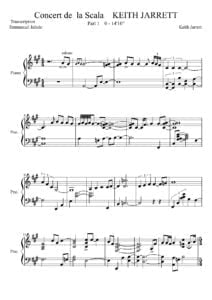 |
|
| Keith Jarrett more transcriptions.rar | Keith Jarrett I Got It Bad And That Aint Good Transcription | Keith Jarrett More transcriptions |
| Keith Jarrett Munich Concert Part I (Musescore File).mscz | ||
| Keith Jarrett Munich Concert, Part 1 |
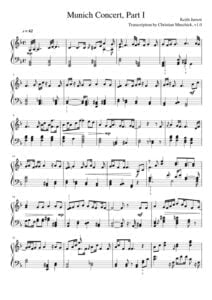 |
|
| Keith Jarrett My Funny Valentine Transcription |
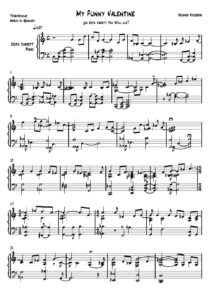 |
|
| Keith Jarrett My Song (Vermont concert transcription) |
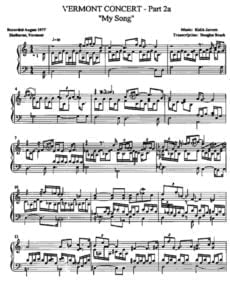 |
|
| Keith Jarrett My Song Budokan Concert transcription |
 |
|
| Keith Jarrett My Wild Irish Rose Transcription |
 |
|
| Keith Jarrett Paris Concert Intro Transcription (1990) | Keith Jarrett Paris Concert Intro Transcription (1990) | |
| Keith Jarrett Piano Trio Transcriptions |
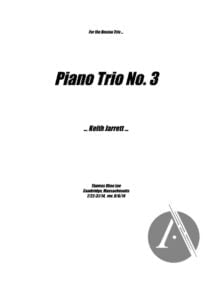 |
Keith Jarrett Piano Trio Transcriptions |
| Keith Jarrett Real Book (Unofficial Transcriptions Made By Fans Of His Music) |
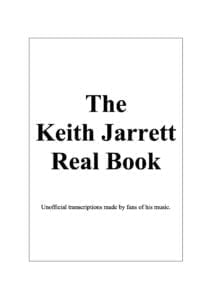 |
Keith Jarrett real book |
| Keith Jarrett Remember April |
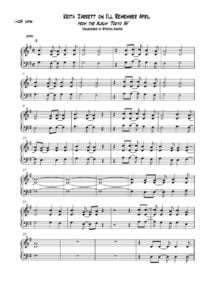 |
|
| Keith Jarrett Sapporo Part 1 transcription sheet music Sun Bear concert |
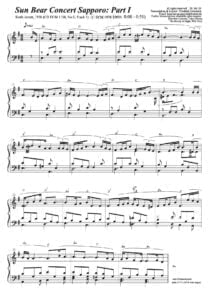 |
|
| Keith Jarrett Solo plays standards (transcriptions) | Keit Jarrett solos (transcriptions) | Keith Jarrett Solos plays Standards (transcriptions) |
| Keith Jarrett Solos – Someone to watch over me (sheet music transcription) | Keith Jarrett Solos – Someone to watch over me (sample) | |
| Keith Jarrett Solos – The Night we called a day (transcription) | Keith Jarrett Solos – The Night we called a day (transcription) | |
| Keith Jarrett Someday my Prince Will Come (Transcription) | Keith Jarrett piano-solo-Someday my prince will come | |
| Keith Jarrett Someone to watch over me (Gershwin) | Keith Jarrett Someon to watch over me (Gershwin) | |
| Keith Jarrett Stella By Starlight Piano Solo Transcription Ned Washington Victor Young (on Standards Live) Jazz Standard |
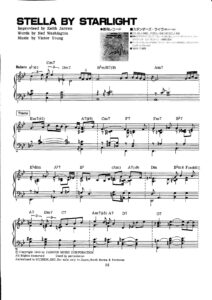 |
|
| Keith Jarrett The Man And His Music by Ian Carr (Book) Keith Jarrett’s biography |
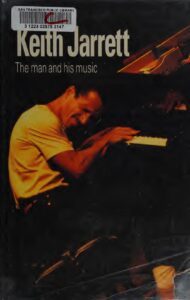 |
|
| Keith Jarrett Tokyo solo part 2 transcription |
 |
|
| Keith Jarrett Transcription sheet music of Margot |
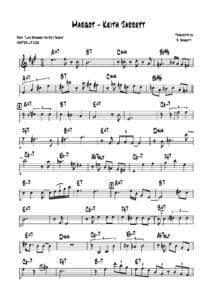 |
|
| Keith Jarrett Transcription sheet music of Prism |
 |
|
| Keith Jarrett Transcription sheet music of Radiance Part 3 |
 |
|
| Keith Jarrett Transcription sheet music of Radiance Part 8 |
 |
|
| Keith Jarrett Transcription sheet music of Staircase Part 3 |
 |

